
8D ASSOCIATION
The 8D Association is dedicated to promoting the history of the railways of South Lancashire, Merseyside and North Cheshire.
Pilkington Brothers Ltd – St Helens.
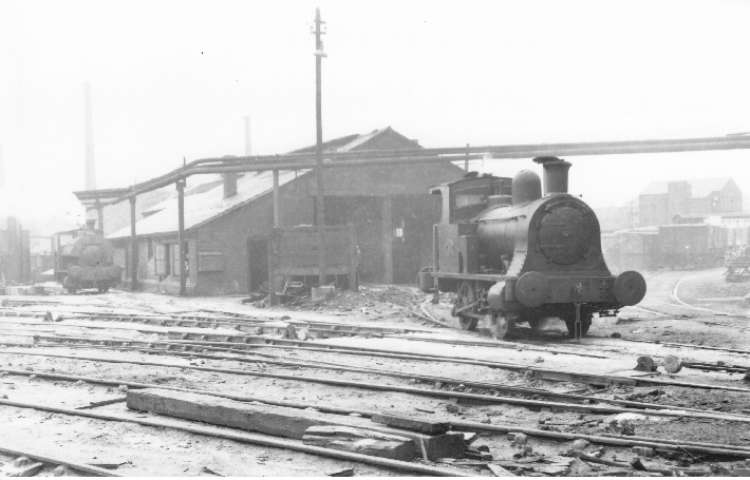
Reproduced with permission from the Industrial Railway Society.
The company that became Pilkington Brothers Ltd had its origins at the St Helens Crown Glass works which was founded in 1826 by William Pilkington, Peter Greenall and John William Bell. Following the death of Peter Greenall in 1845 William and Richard Pilkington acquired the company and Pilkington Brothers was born.
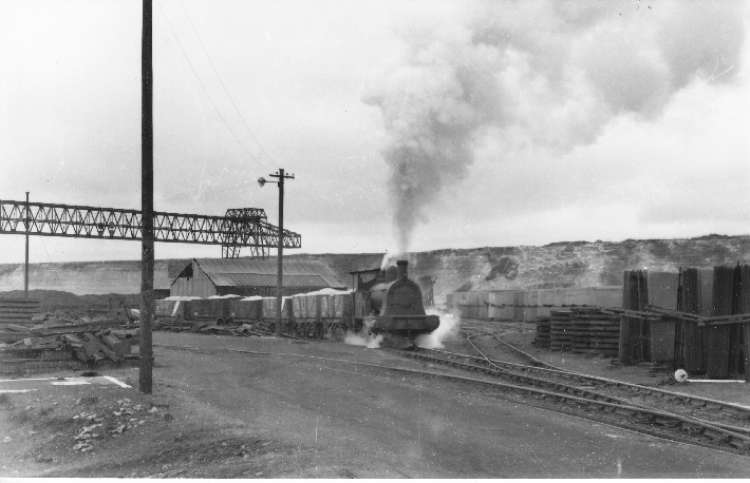
Reproduced with permission from the Industrial Railway Society.
At this time the town of St Helens relied heavily on the Sankey Brook Navigation for the delivery of raw materials and finished product. Unfortunately the canal could be unreliable and slow and with the success of the Liverpool and Manchester Railway plans were made for St Helens to have its own direct line to a dock in the township of Widnes and with a connection to the L & M. With the Act of Parliament granted for the St Helens and Runcorn Gap Railway and a connection with the St Helens Crown Glass works work began.
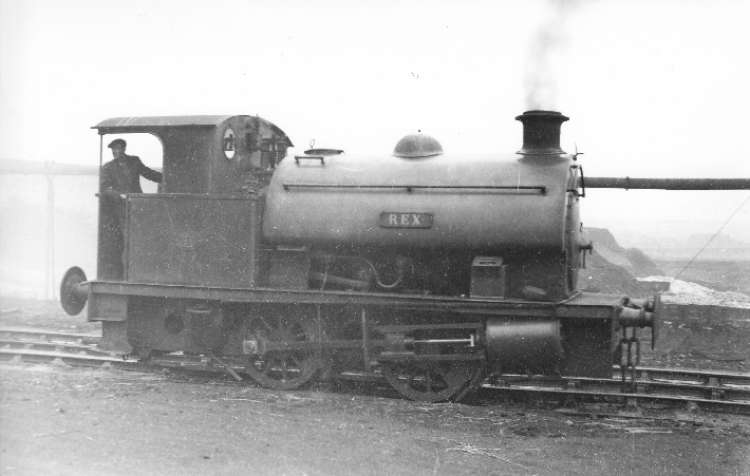
Reproduced with permission from the Industrial Railway Society.
From the small beginning of a single connection to the SH & RGR the company expanded its internal railway until at its peak in the 1950’s it was handling around 1,800 wagons per week. The company had connections with the LNWR on the site of the former SH & RGR St Helens station and at Cowley Hill on the Rainford branch also with the Great Central on the line into St Helens Central station. The despatch of goods via the former GC line ceased in January 1965 and the exchange sidings at the City Road site were taken out of use and lifted. The former LNWR exchange sidings were removed in the 1990’s inconjunction with the building of the St Helens Linkway road scheme. A new connection was laid from the former LNWR Huyton to Wigan line for the remaining delivery of heavy fuel oil which is also now out of use.

Reproduced with permission from the Industrial Railway Society.
The company operated its own fleet of engines, an engine shed with repair facilities and a mass of sidings serving the different works. Incoming flows consisted of coal and sand, with heavy oil replacing coal for the production process there was a marked decrease in traffic. The flow of sand and oil would continue until the 1980’s and 1990’s respectively. The company also purchased and operated the St Helens Colliery from 1857 which was initially to provide fuel for the glass making process, but production outstripped demand and excess coal was supplied to the St Helens Gas Works and further afield. Finished products were also despatched by rail on specially constructed wagons to carry large sheets of glass.

Reproduced with permission from the Industrial Railway Society.

Reproduced with permission from the Industrial Railway Society.
Many of the early engines were locally built by Edward Borows Providence works at St Helens Junction but the company did purchase from other manufacturers. Eventually steam was to be replaced by diesels and in turn road transport started to make in roads into the rail traffic. By 1990 only heavy fuel oil was being delivered to Pilkingtons by rail at the Greengate Works and Cowley Hill. The Pilkingtons internal system closed at the end of March 1984 with the remaining diesel shunters being sold for further use, preservation and scrap. The connections still exist for the delivery of fuel oil to the sites but the internal rail system is now a fading memory.
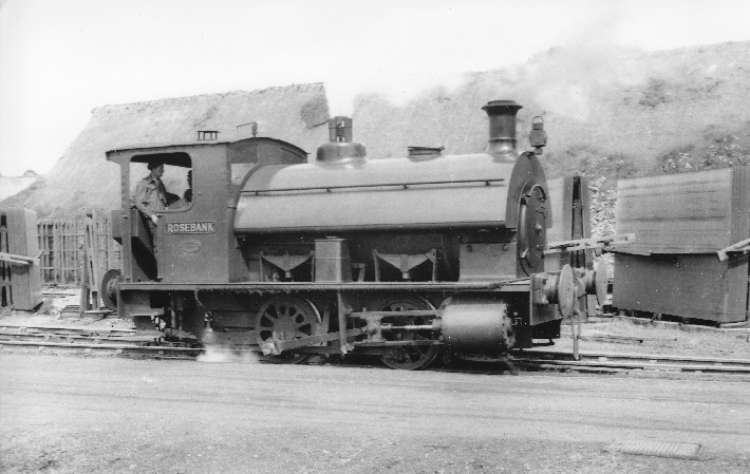
Reproduced with permission from the Industrial Railway Society.
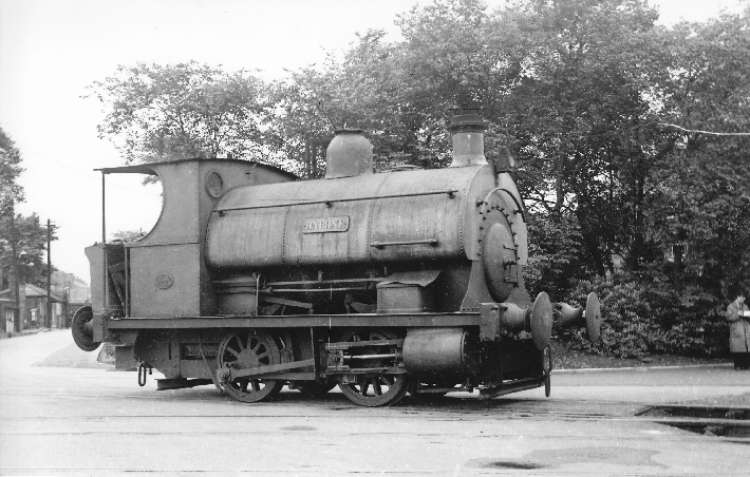
Finally, Daphne a loco with a colourful history. New to the Tythrington Stone Co Ltd, Falfield in 1899 moving to the Garden Village scheme in 1923 and from there to Ravenhead in 1923. Following withdrawl from the system she was moved to a children’s playground in Skelmersdale in 1966 then by November 1987 she was at the Fleetwood Locomotive Centre Ltd until around August 1994 she went on display at Tarzan’s Restaurant in St Annes on Sea. In 2002 she was moved to the Ribble Steam Railway and is now a static exhibit. 20th July 1952.
Reproduced with permission from the Industrial Railway Society.
